
For the sauce:
1. Mix the cornflour and 1T water in jug/bowl until smooth. Add in remaining ingredients and mix until well combined. Set aside.
For the filling:
2. Heat oil in a wok or large skillet. Add garlic and ginger and saute until fragrant.
3. Add onion and saute for 2 minutes.
4. Add pork mince. Break it up in the pan and saute until there are no visible pink bits of meat.
5. Add in carrots, shiitake and water chestnuts. Saute until the carrots and pork have cooked through.
6. Pour in the sauce and stir through. Keep stirring to coat all the ingredients. Turn off the heat when the sauce has reduced and the filling is looking glossy. Season with pepper.
To serve:
7. Spoon filling into prepared lettuce cups. Top with chopped fresh chilli and sliced spring onions. Don’t skip the garnish. It contributes to the freshness and flavour of the overall dish.
Enjoy
Lettuce Hack:
Just slice away enough of the core so that it barely holds the outer lettuce leaves together.
Make one slice through the centre of the entire head of lettuce (from the tip through to the centre of the core).
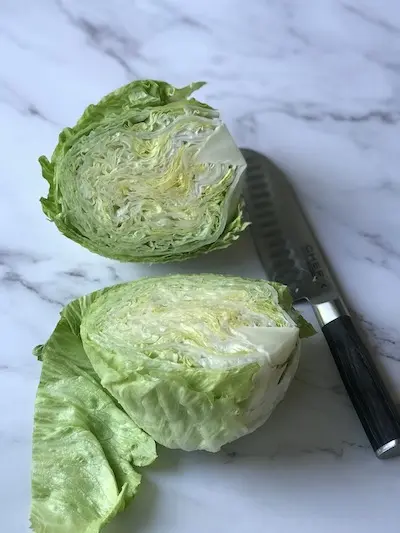
Now you can easily separate the lettuce leaves from each half and notice that the leaves are in the form of ready made cups.
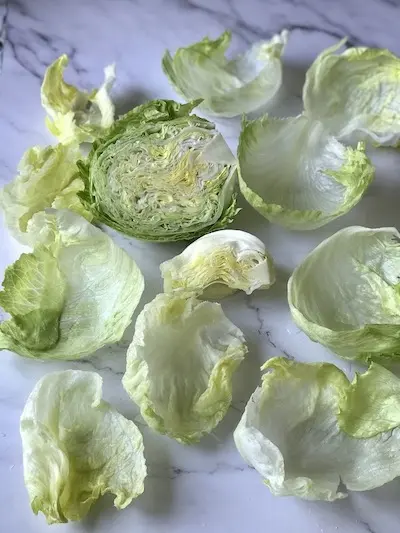
Wash each lettuce cup and sit them in a big bowl of iced water. The water will help them stay crisp and keep their shape. After 10mins, remove the cups and gently shake dry/wipe dry with a clean tea towel. Viola. Never peel lettuce leaves the old way ever again.
Now to get on with making the filling for these lettuce cups …
Origin of San Choy Bow
San Choy Bow, meaning "wrapped lettuce" in Chinese, is a dish that originated in Guangzhou, located in the Cantonese region of China. Traditionally, it was made with squab (pigeon), but the dish has evolved to include various protein options. Today, San Choy Bow is prepared with chicken, beef, turkey, prawns, tofu, or duck.
San Choy Bow Recipe - Preparation
San Choy Bow, a popular Chinese dish, offers a perfect blend of flavours and textures in a light, healthy package. This easy-to-make recipe combines tender pork and crisp vegetables with a savoury brown sauce, all served in refreshing lettuce leaves. Whether enjoyed as a standalone meal or as part of a larger Chinese feast, San Choy Bow is sure to impress with its colourful presentation and delicious taste.
The Sauce
The sauce is what makes San Choy Bow special. While many variations exist, the key to a truly exceptional San Choy Bow sauce combines oyster sauce and Shaoxing wine. These give the dish a rich, savoury taste. When mixed with hoisin sauce, you get a perfect balance of flavours that's not too sweet.
The Filling
The filling is all about different textures. It has soft, juicy pork and crispy vegetables. You can use onions, peppers, and water chestnuts. Water chestnuts are important because they're very crunchy. This mix of soft meat and crunchy vegetables makes each bite of San Choy Bow interesting and delicious.
Recipe Notes
How to Make Great San Choy Bow
To make the best San Choy Bow, start by preparing everything first. Chop all vegetables and have your lettuce ready before you start cooking. Use a very hot wok to keep the meat juicy. This is important because it seals in the flavours. Add oyster sauce for taste. It's made from real oysters but has a salty and sweet flavour. Use only a little as it's strong. Remember to add bean sprouts last to keep them crunchy. Cook quickly, as stir-frying is a fast process. If you follow these steps, your San Choy Bow will taste great. The meat will be juicy, and you'll have different textures that make each bite interesting and enjoyable.
What Type of Lettuce to Choose for San Choy Bow?
San Choy Bow can be made with various types of lettuce, each offering a different eating experience. Here's a breakdown of common choices:
Iceberg Lettuce
-
Traditional choice
-
Very crispy
-
Provides a cool crunch contrasting with warm filling
-
It can be tricky to wrap
Butter Lettuce
-
Softer leaves
-
Easier to wrap
-
Less likely to break when eating
Baby Cos (Romaine)
-
Similar benefits to butter lettuce
-
Sturdier than butter lettuce
-
Good balance of crunch and ease of wrapping
Remember, the lettuce is part of the meal, not just a wrapper. Choose based on your preference for crunch versus ease of eating. Experimenting with different types can help you find your favourite.
How To Make Crispy Lettuce for San Choy Bow?
To ensure your lettuce is crisp and fresh for San Choy Bow:
-
Cut the stem and remove the core of the lettuce.
-
Hold the lettuce upside down under cold water to separate leaves.
-
Gently pull apart the leaves.
-
For extra crispness, especially if leaves are limp, Submerge leaves in ice-cold water for 5 minutes. This 'shocks' the leaves, restoring crunchiness.
-
Pat dry gently before using.
Crispy lettuce is crucial as it holds the filling well, tastes fresh, and provides a pleasant contrast to the warm filling, enhancing the overall eating experience.
Can I Change the Meat in San Choy Bow?
San Choy Bow usually uses chicken, but you can easily change this to suit your taste or diet. You can use beef for a richer flavour, turkey if you want something leaner, or pork for a traditional taste. If you don't eat meat, plant-based mince works well too. All these options go nicely with the sauce and vegetables in San Choy Bow. Just remember to cook the meat or plant-based mince thoroughly before adding other ingredients. Changing the meat lets you customise San Choy Bow to your liking. You can pick what's best for your taste or dietary needs. The key is to keep the flavours of the sauce and vegetables the same so it still taste like authentic San Choy Bow, no matter which protein you choose.
What's the Difference Between Larb and San Choy Bow?
Even though Larb and san choy bow might look alike, they're actually quite different. Larb comes from Laos, while San Choy Bow is Chinese. This affects their taste. Larb is tangy and fresh. It uses fish sauce, coriander, and lime, which are common in Southeast Asian food. San choy bow is more savoury. It uses soy sauce, oyster sauce, and sesame oil, which give it a rich, umami taste. Larb is usually a salad. People often eat it with lettuce or coconut rice on the side. San choy bow isn't a salad. It's meat that you wrap in lettuce leaves. So, while both might have meat and can be eaten with lettuce, they're different dishes with their own special tastes and ways of eating.
The main things to remember are:
-
Larb is a tangy Lao salad often featuring fish sauce and lime.
-
San Choy Bow is a savoury Chinese dish typically wrapped in lettuce leaves.
-
Larb uses Southeast Asian herbs like coriander and mint.
-
San Choy Bow incorporates Chinese seasonings such as soy and oyster sauce.
-
Larb is usually eaten as a standalone salad or with rice.
-
San Choy Bow is traditionally served as lettuce wraps for sharing.
-
Larb represents Southeast Asian culinary traditions.
-
San Choy Bow reflects Chinese cooking techniques and flavours.
How to Serve San Choy Bow?
San Choy Bow's filling is very flexible. You can serve it in different ways:
-
In lettuce leaves: This is the traditional way. It's healthy and light, good for a meal or snack.
-
With pancakes or tortillas: Put the filling and a lettuce leaf in a moo shu pancake or tortilla. This makes a bigger, more filling wrap.
-
Over rice: Put the filling on steamed rice for an easy rice bowl.
-
With noodle soup: Add the filling to a simple noodle soup to make it more filling.
You can always add more hoisin sauce or chilli garlic sauce on the side.
Tips & Alternatives for San Choy Bow
-
Protein options: Use pork, chicken, duck, or try prawns. For vegetarians, add mushrooms or use meat substitutes.
-
Add-ins for texture: Bean sprouts can be included while cooking or as a garnish, and fried rice vermicelli can add crunch.
-
Lettuce choices: Iceberg is traditional, but cos (romaine) works well, too. Baby cos leaves are great for canape-style servings, and any broad-leaf lettuce can work.
-
Crispy lettuce trick: Soak leaves in cold water for 5 minutes to enhance crispness.
-
Serving suggestion: If you run out of lettuce or have leftover filling, serve it over plain rice for a delicious meal.
FAQs
Is San Choy Bow healthy?
San Choy Bow can be a healthy option. The lettuce wrap keeps it low in carbs, and you can control the amount of oil used. For a healthier version, choose lean meats or vegetarian options. It's also packed with vegetables for added nutrition.
How do you eat San Choy Bow?
To eat San Choy Bow, spoon some of the meat mixture into a lettuce leaf. Fold or roll the leaf to create a wrap. Eat it with your hands, similar to a taco. It can be messy, so have napkins ready!
What can I serve with San Choy Bow?
San Choy Bow is often served as an appetiser or light meal. You can pair it with steamed rice, fried rice, or noodles for a fuller meal. It also goes well with other Chinese dishes like spring rolls or dumplings.
How long does San Choy Bow last in the fridge?
The cooked meat filling for San Choy Bow can last 3-4 days in the refrigerator if stored properly in an airtight container. The lettuce should be used within 1-2 days for best freshness. Always reheat the filling thoroughly before serving.
Can San Choy Bow be vegetarian?
Yes, San Choy Bow can be made vegetarian. You can use tofu, mushrooms, or plant-based mince as a meat substitute. Increase the amount of vegetables and use the vegetarian oyster sauce to maintain the traditional flavours.
What sauce is used in San Choy Bow?
San Choy Bow typically uses a combination of oyster sauce, soy sauce, and sesame oil. This creates a rich, savoury flavour. Some recipes might also include hoisin sauce. The exact mix can vary, but these ingredients form the base of the sauce.
How spicy is San Choy Bow?
Traditional San Choy Bow is not typically spicy. However, you can easily adjust the spice level to your preference. Add chili oil, fresh chilies, or chili garlic sauce to make it spicier. Serve extra chilli sauce on the side for guests to add.
In Summary
San Choy Bow is a tasty Chinese delicacy that's as fun to make as it is to eat. This dish isn't just a meal; it's an experience that engages all your senses. From the sizzle of the wok to the crunch of fresh lettuce, every step is a celebration of flavour and texture. So gather your ingredients, fire up your stove, and prepare to wow your taste buds and dinner guests. Your journey into the heart of Chinese cuisine starts here!
San Choy Bow Recipe - Your Ultimate Guide
San Choy Bow is a fun and tasty Chinese dish that's easy to make at home. This delightful creation of seasoned meat and crisp vegetables nestled in fresh lettuce leaves offers a perfect balance of taste and texture.
In this guide, we'll show you step-by-step how to make delicious San Choy Bow. We'll cover the best way to prepare the filling and how to choose and crisp your lettuce. You'll also find helpful tips to improve your San Choy Bow and learn about where this dish comes from.
Whether you're new to cooking or love trying new recipes, you'll find everything you need to make great San Choy Bow right here. Embrace the art of Asian cooking and elevate your dining experience with this timeless favourite. Let San Choy Bow be your gateway to exploring the diverse and exciting world of Chinese cuisine!
 Fruit & Vegetables
Fruit & Vegetables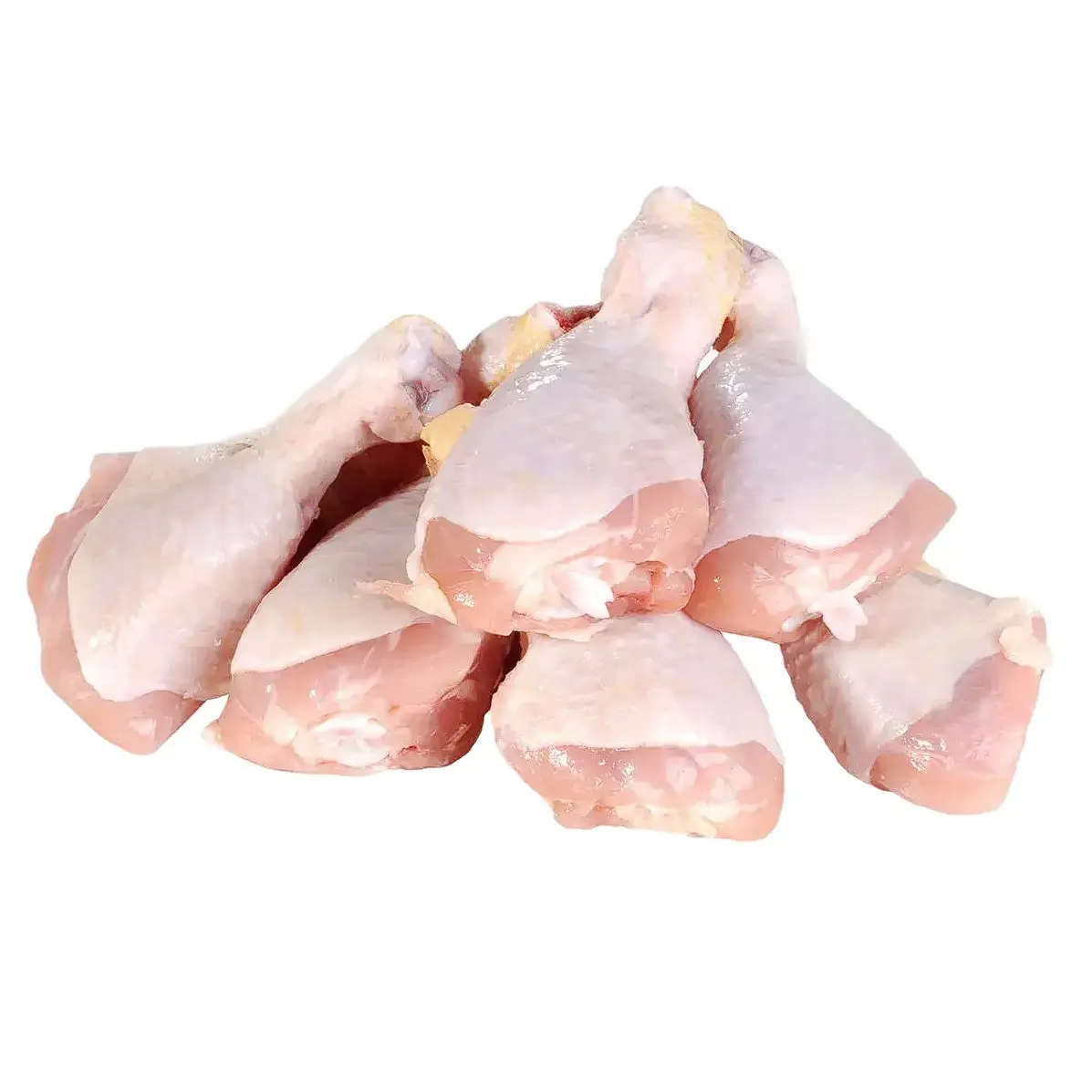 Meat
Meat Bakery
Bakery Egg & Dairy
Egg & Dairy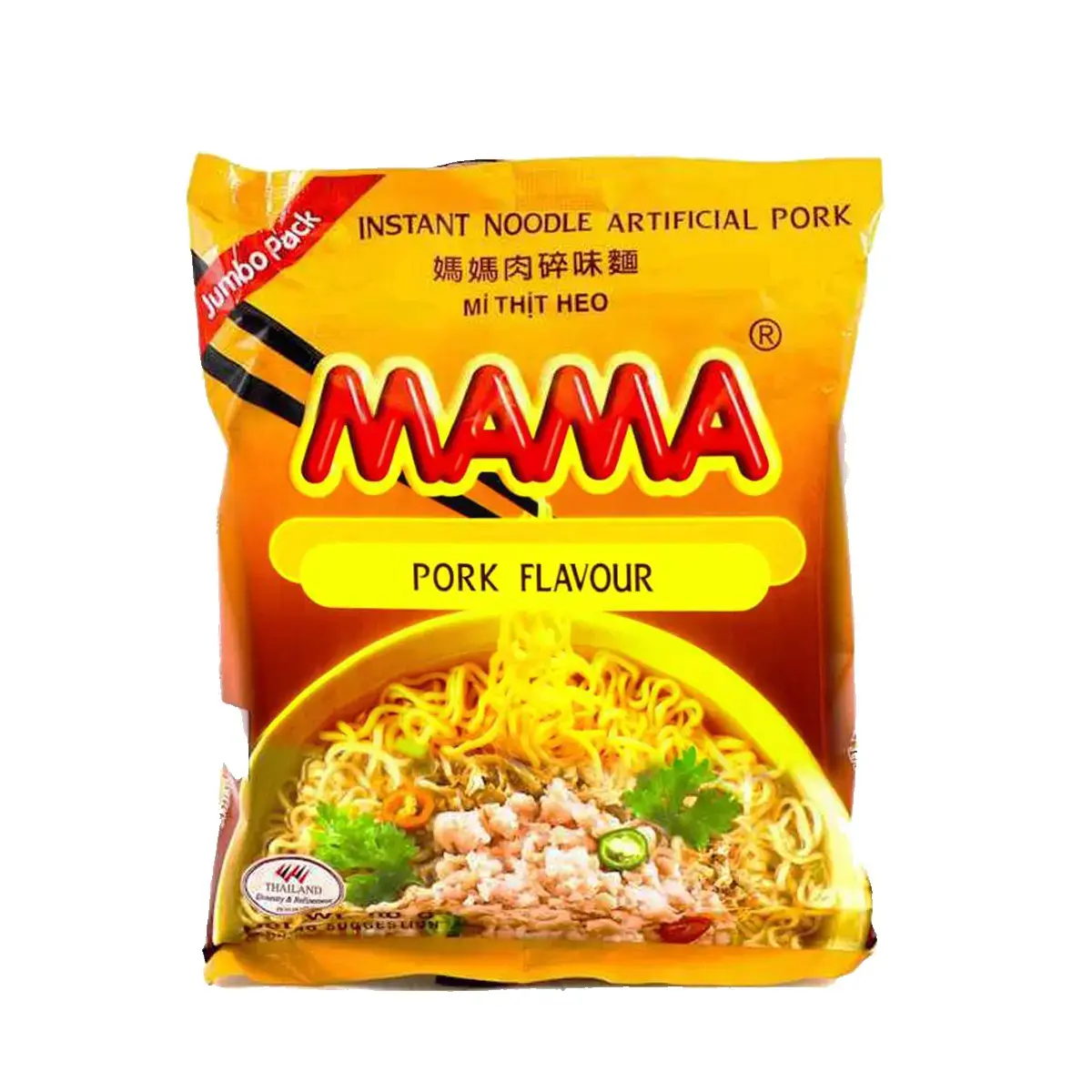 Rice, Rice Paper & Noodles
Rice, Rice Paper & Noodles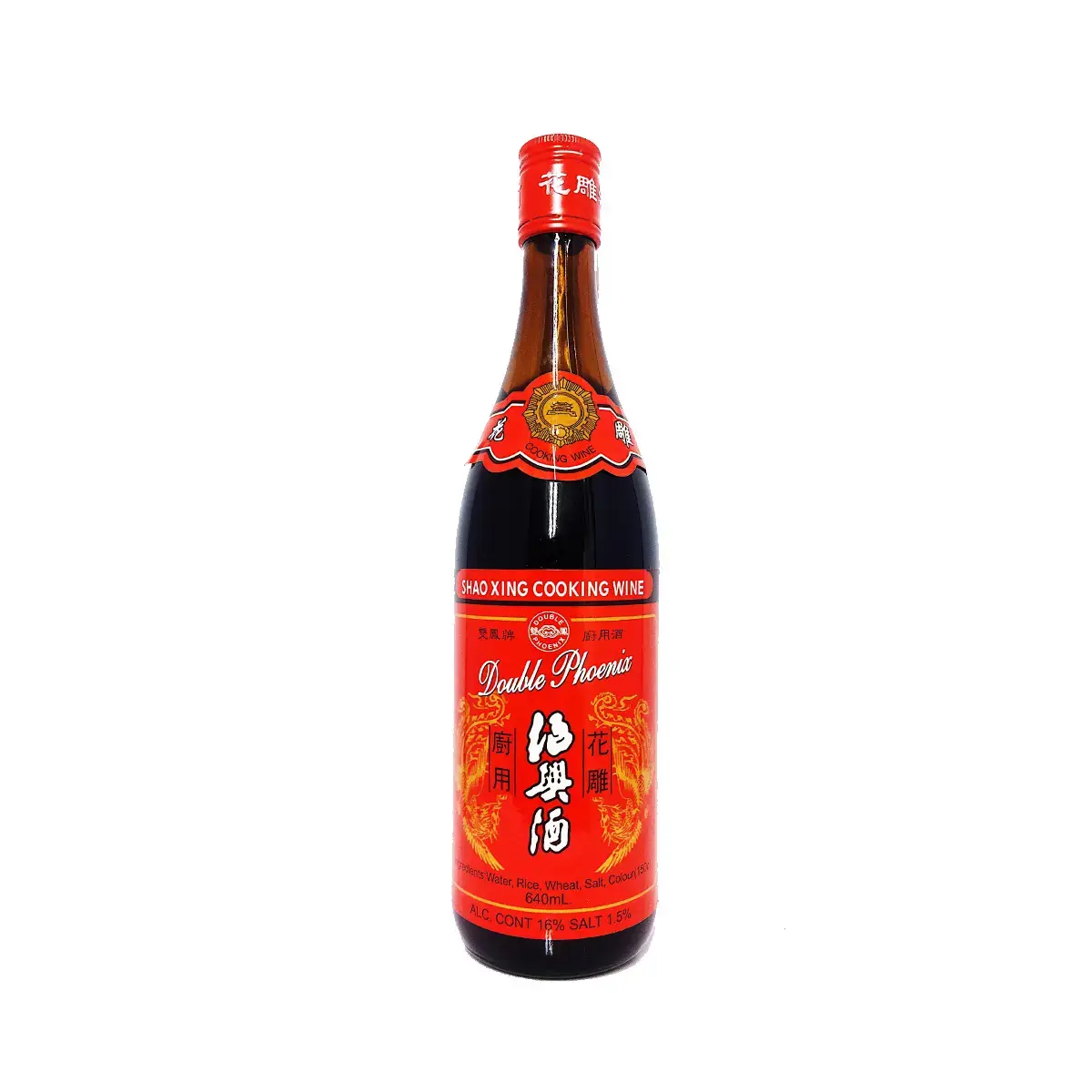 Pantry
Pantry Snacks & Confectionary
Snacks & Confectionary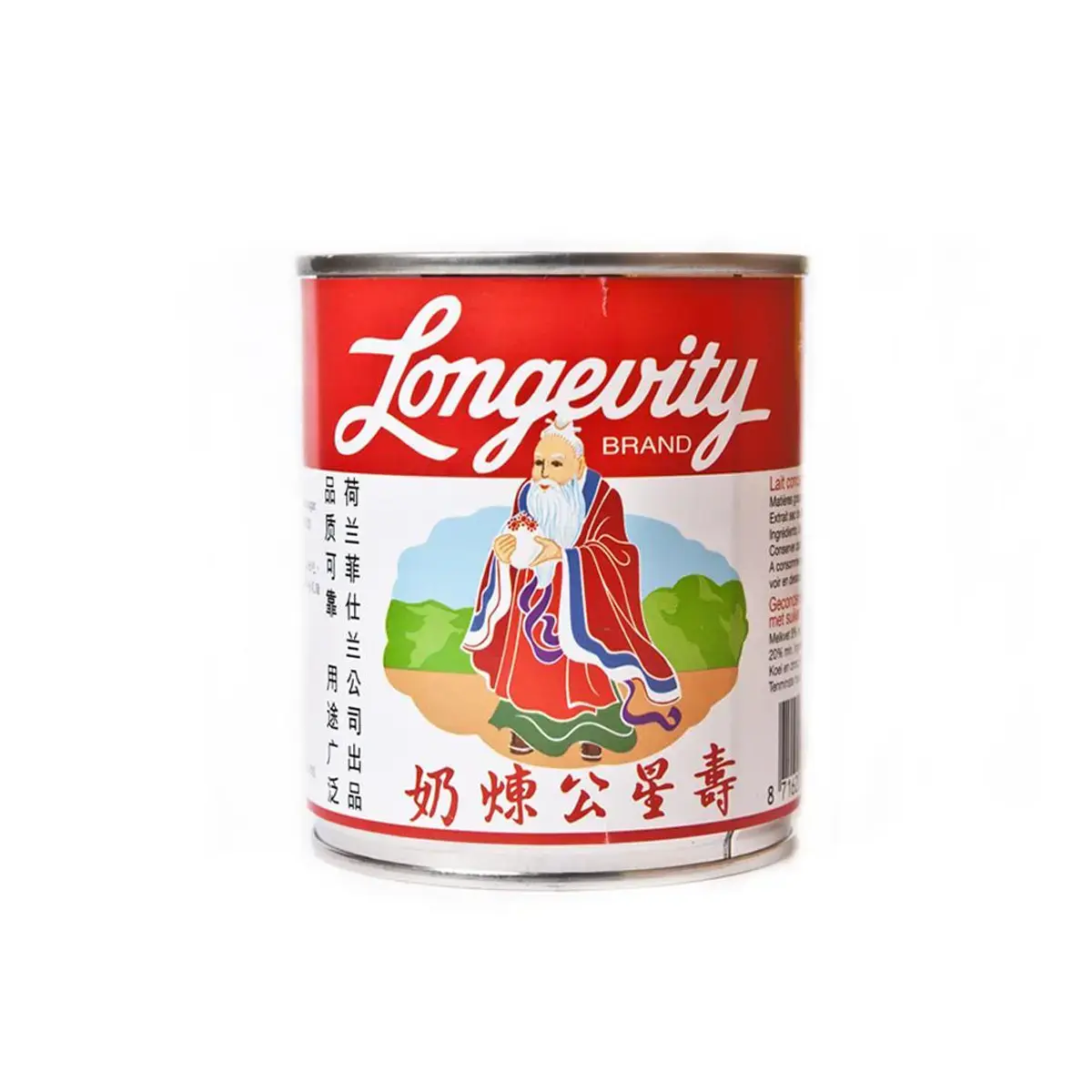 Dessert Ingredients
Dessert Ingredients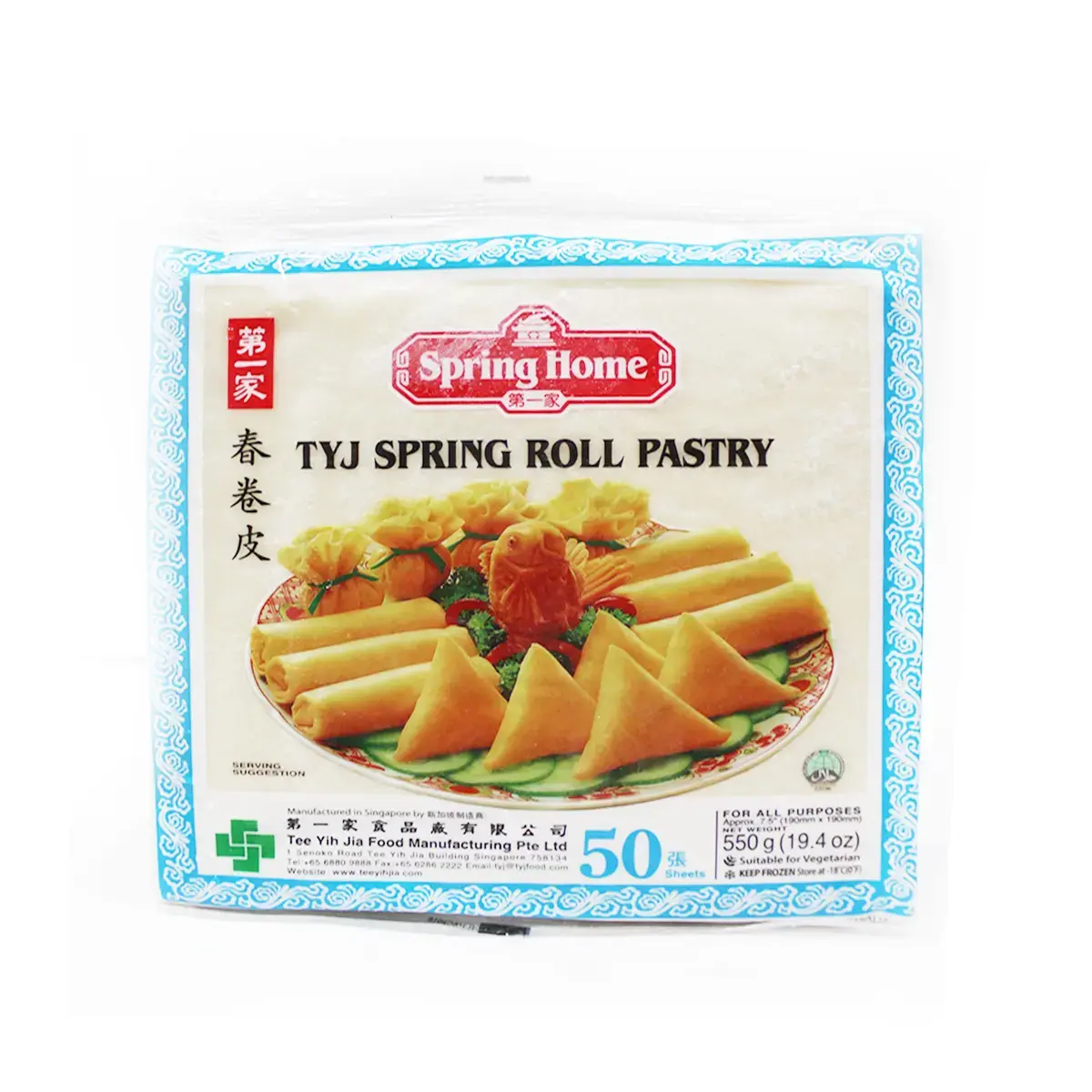 Refrigerated & Frozen
Refrigerated & Frozen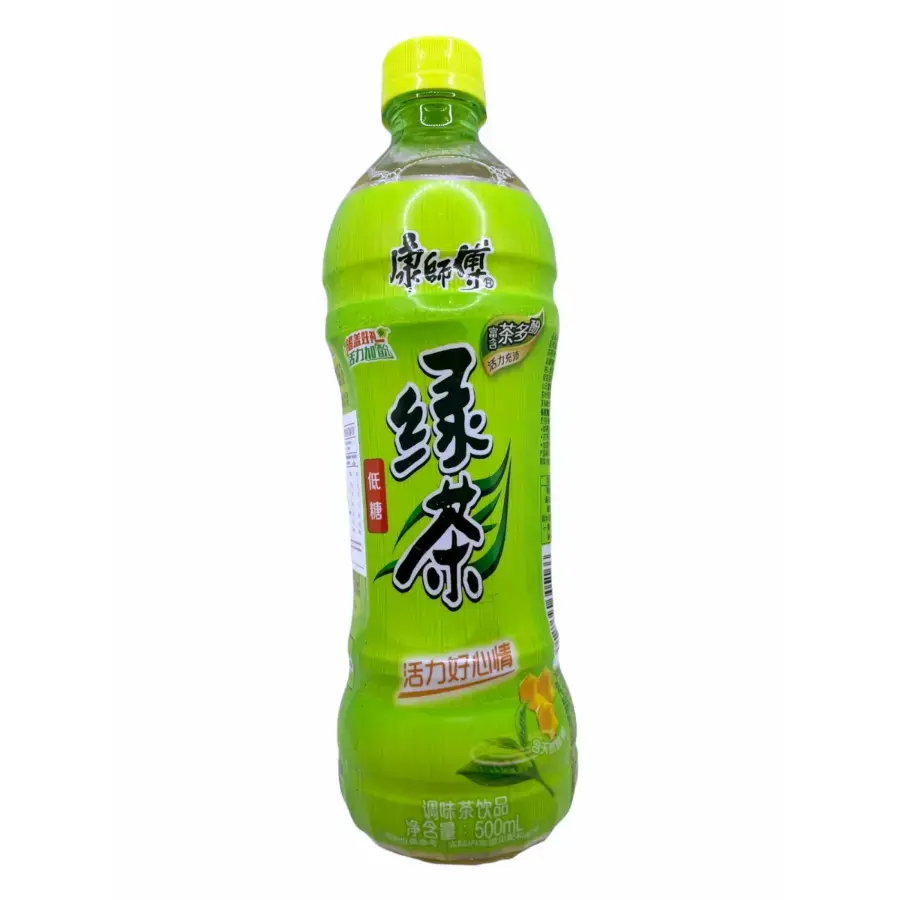 Drink
Drink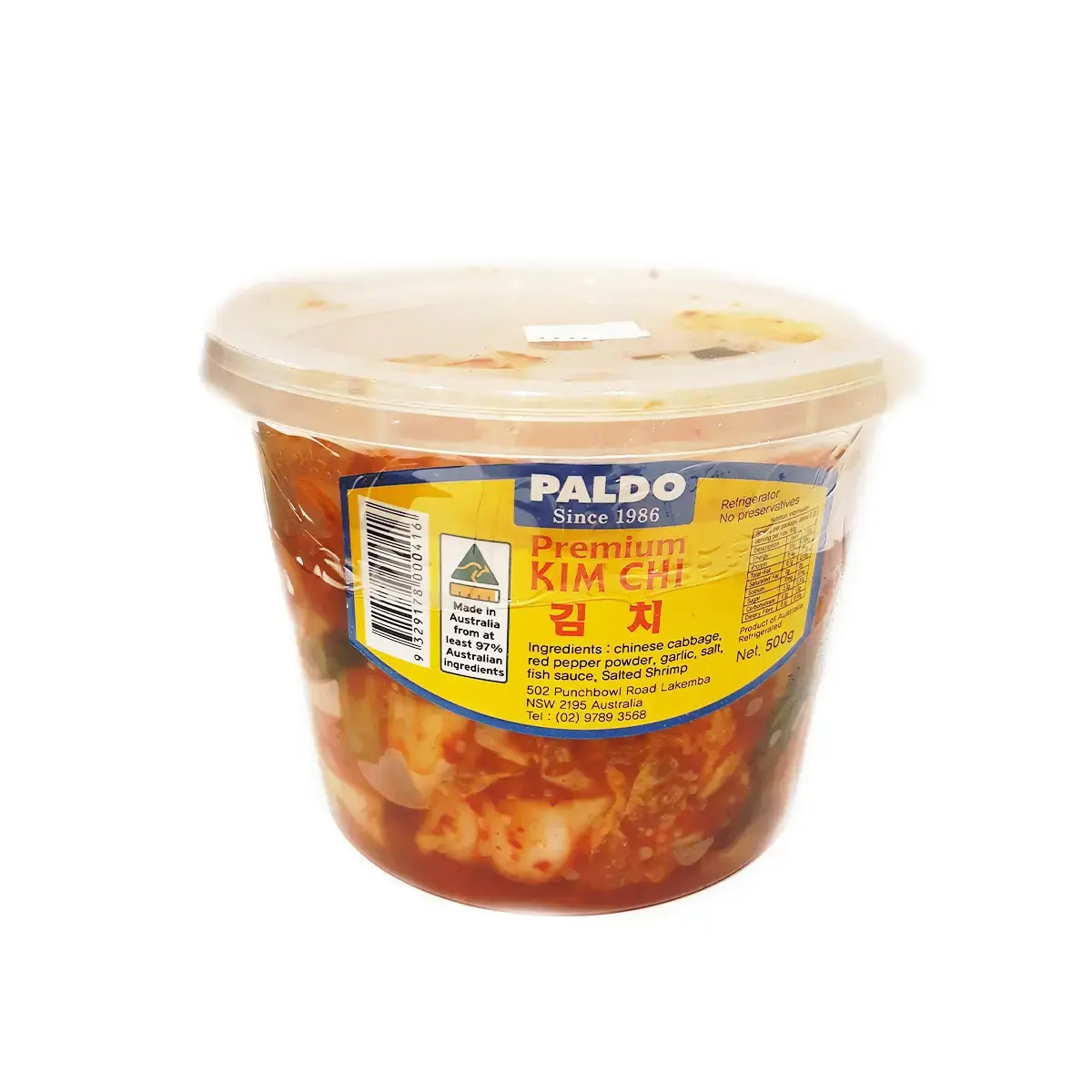 Korean/ Japanese
Korean/ Japanese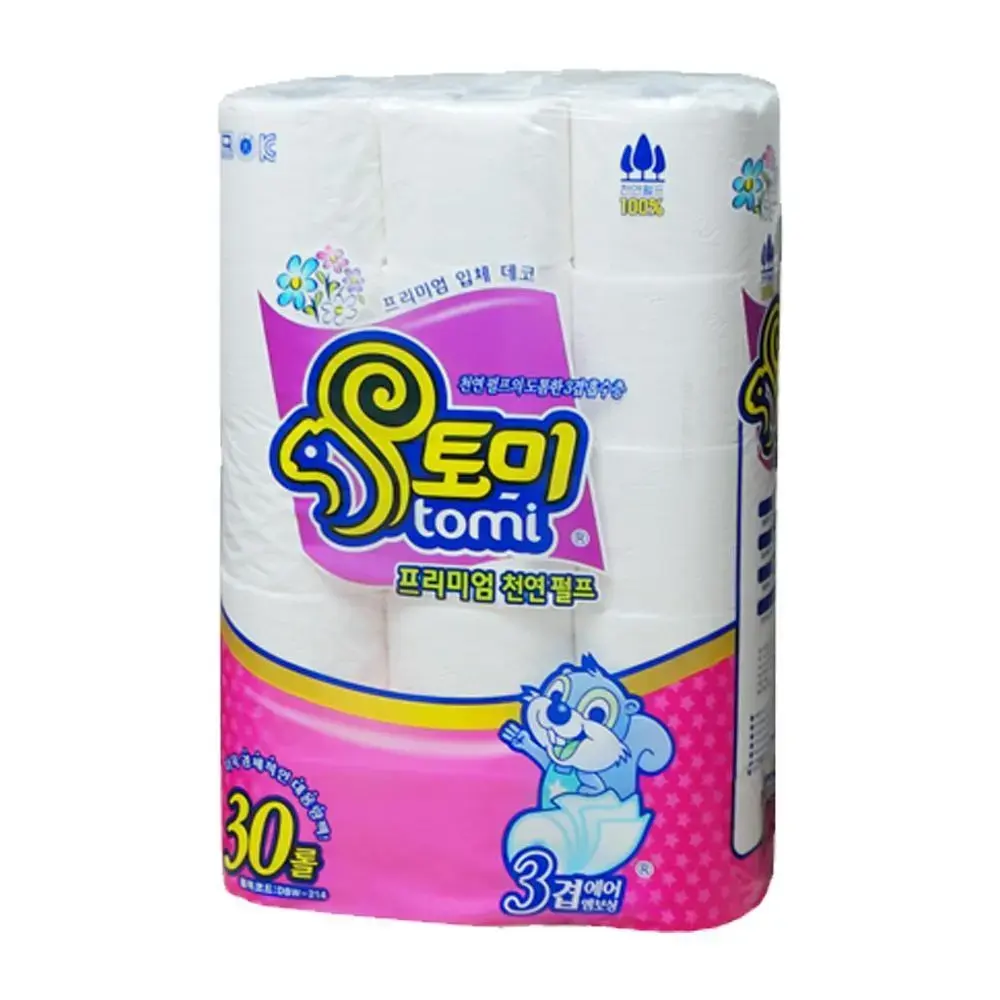 Household
Household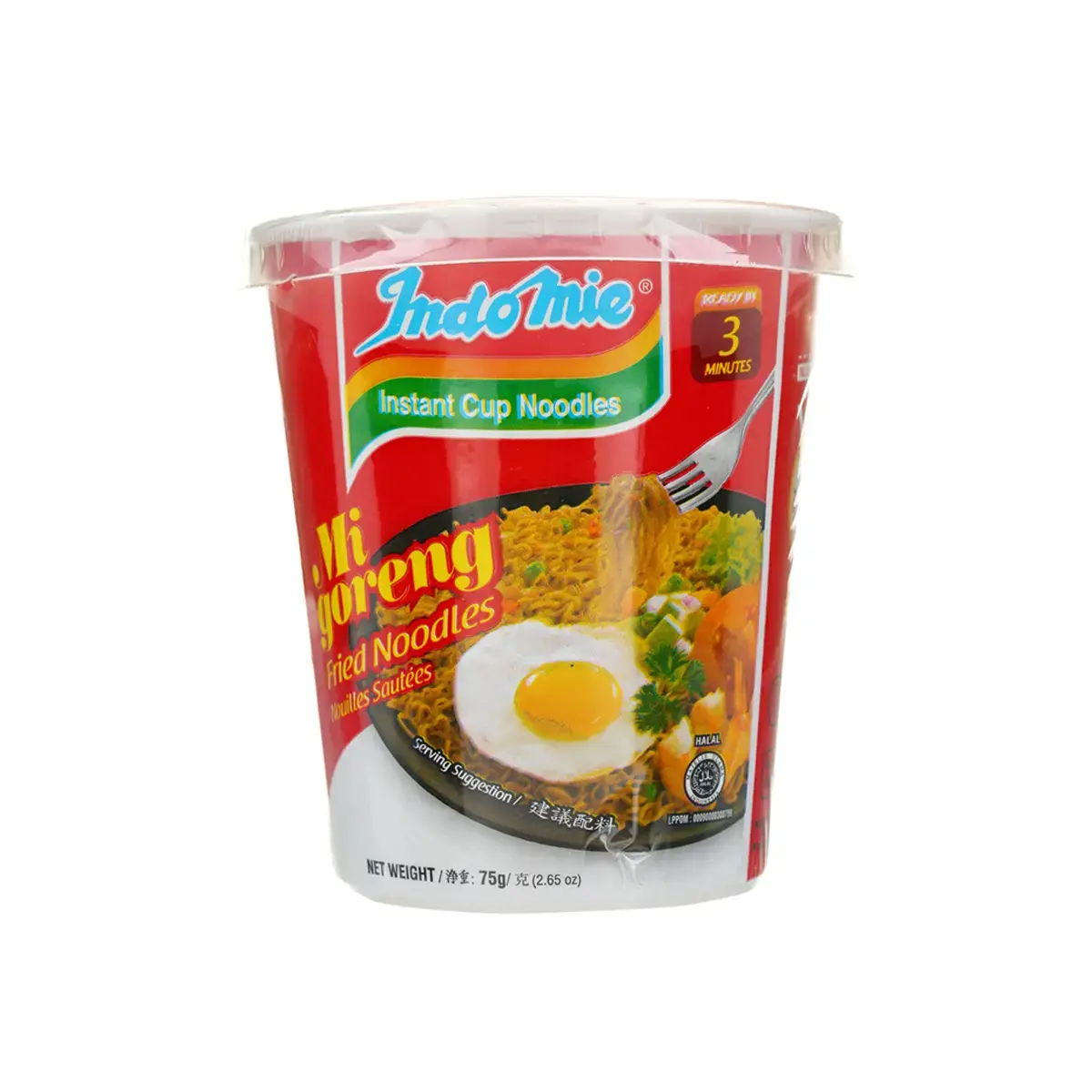 Bulk/ Wholesale
Bulk/ Wholesale







